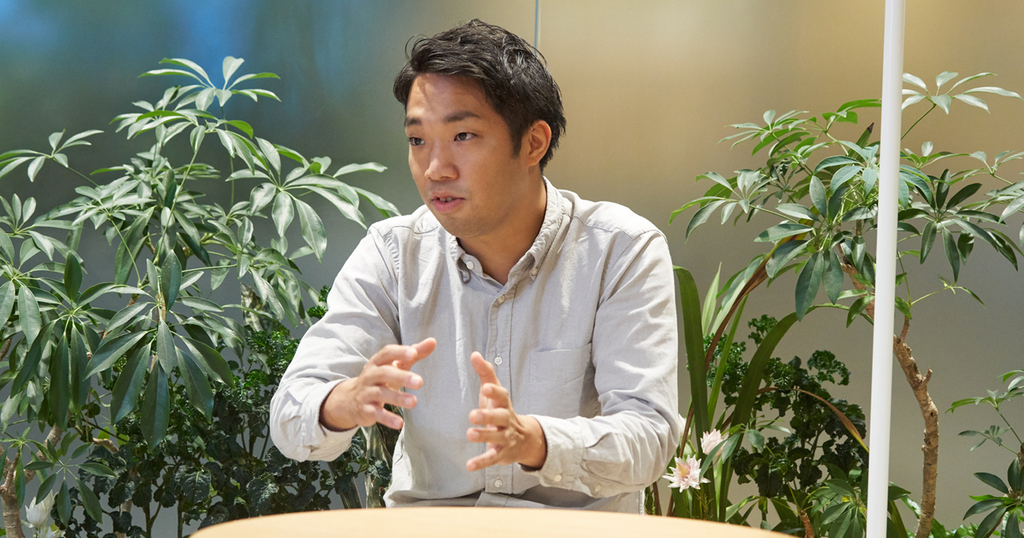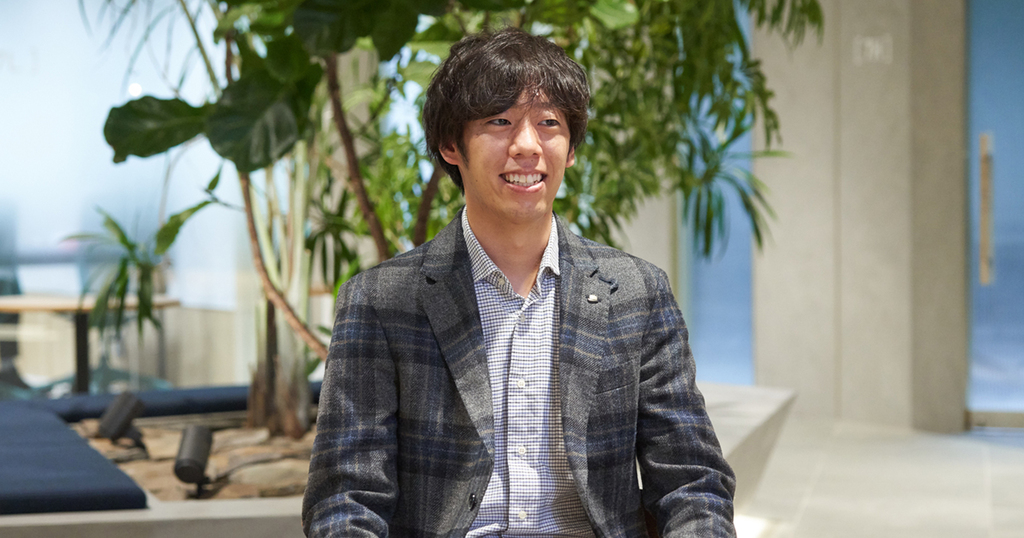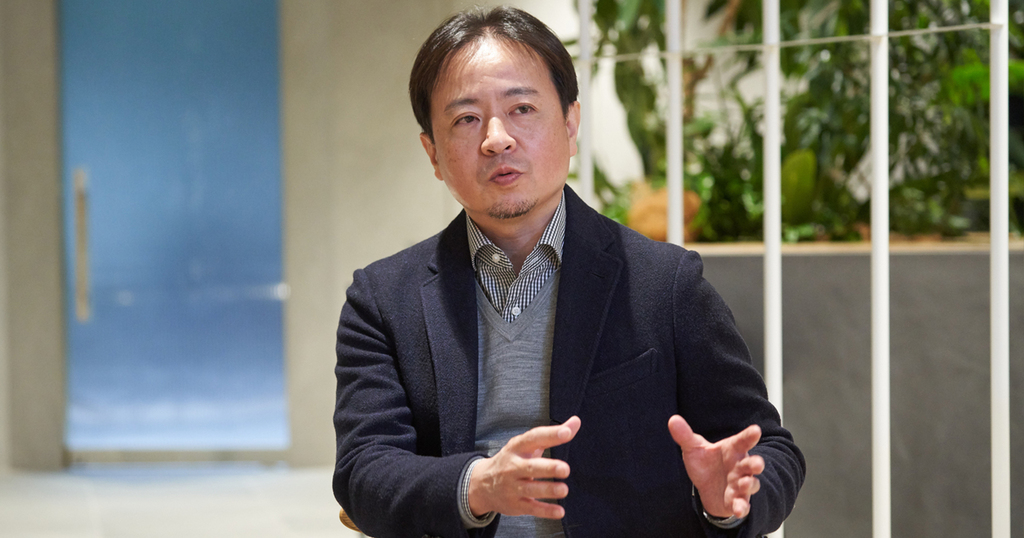Note: This website was automatically translated, so some terms or nuances may not be completely accurate.
The Current State of DOOH: Its Evolution and Outlook Beyond the Pandemic (Part 1)
If you've ever been involved in advertising, you've likely heard the term "OOH (Out Of Home: outdoor advertising)." But what about "DOOH = Digital OOH"? OOH has a long history as an advertising format, and many may consider it traditional in that sense. However, the proliferation of digital signage has greatly expanded OOH's potential.
For this article, we interviewed Mr. Wataru Kawaguchi, Mr. Shota Geno, and Mr. Haruki Kobayashi from LIVE BOARD, Inc., a company specializing in digital OOH. We heard real-world insights about how OOH has evolved by going "digital" and the types of inquiries companies bring to them. We hope this serves as a useful resource for all advertising professionals, and indeed for marketing professionals, to understand the current state of digital OOH.
OOH Going Digital Has Expanded What's Possible
Q. First, could you explain what kind of company LIVE BOARD is?

Q. While it's now commonplace to see various digital signage displays throughout cities, what kind of impact did the evolution of OOH into "Digital OOH" have back when it first occurred?

The appeal of DOOH lies in balancing "targeting" and "planning" with "public appeal."
Q. I find the very concept of blending analog and digital—where traditional OOH formats undergo "digitalization"—extremely intriguing.

OOH, an advertising format cherished by people for a long time, has evolved into digital OOH through technological innovation. The ability to deliver information in real time means it's not just about "reaching many people," but also about "connecting with the viewer's feelings."
In the upcoming second part, we'll explore examples of digital OOH usage, focusing on aspects like "data utilization," while also delving into LIVE BOARD's vision for the future of advertising.
The information published at this time is as follows.
Was this article helpful?
Newsletter registration is here
We select and publish important news every day
For inquiries about this article
Author

Shota Gen'ōen
Posterscope
Account Manager
I have been with the OOH Division for approximately six and a half years since joining the company. For the past five years, the OOH Division has operated an exchange program with Posterscope, DAN's OOH specialist brand. As the third assignee under this program, I have been working at Posterscope since 2019. My team members come from diverse nationalities (including the UK, France, Brazil, Australia, and Vietnam). I strive daily to advance the OOH business while engaging with a variety of perspectives.

Haruki Kobayashi
LIVE BOARD, Inc.
Insights Department
Manager
After joining Dentsu Inc., I worked in the Out-of-Home Media Division developing "OOH LIQUID," an OOH effectiveness verification method utilizing location data. I was subsequently seconded to LIVE BOARD Inc. At LIVE BOARD, I support the development of planning tools utilizing Docomo data (Mobile Spatial Statistics® and other location data), and handle data-driven planning and effectiveness verification. (※"Mobile Spatial Statistics" is a registered trademark of NTT DOCOMO, INC.)

Wataru Kawaguchi
LIVE BOARD, Inc.
Director, Strategy Department
Director
Joined NTT Mobile Communications Network, Inc. (now NTT DOCOMO) in 1998. Engaged in mobile phone agency sales, corporate advertising and promotion, and new business development. Founded LIVE BOARD, Inc. in 2019 and was seconded to the company in February of the same year. At LIVE BOARD, serves as Director and Head of Strategy, overseeing management strategy, public relations, and human resources and general affairs.


